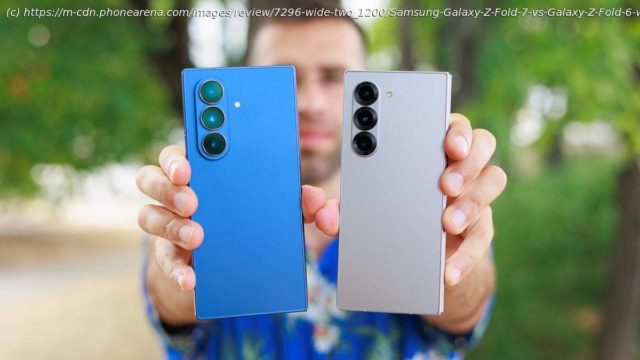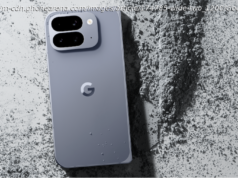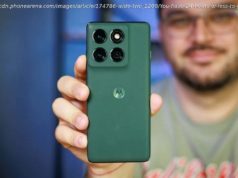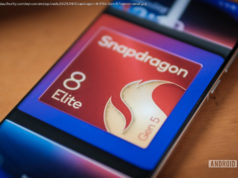The Galaxy Z Fold 7 is a huge leap forward, ready to fight the competition of today
Samsung’s next big foldables — the Galaxy Z Flip 7 and Galaxy Z Fold 7 — are up for pre-order and shipping in a week. However, we do have review units on hand right now, and have run them through our elaborate tests. Is the Z Fold 7 the next big foldable thing? Is it that much better than the Galaxy Z Fold 6 from last year?
Well, it comes with a much thinner form factor, the very same 200 MP main camera that’s on the Galaxy S25 Ultra, and bigger displays. So, it’s definitely much more than a simple facelift!
Last year’s Z Fold 6 wasn’t exactly a radical leap forward. A modest refresh with a flatter design and slightly tweaked dimensions, it felt like a device Samsung released just to tick the yearly upgrade box. Let’s see if there’s an evolutional leap here!
Galaxy Z Fold 7 vs Galaxy Z Fold 6 differences:
Table of Contents:
Read more:
The Galaxy Z Fold 6 was flatter, sharper, and marginally lighter than the Fold 5 before it — but let’s be real, it was more iterative than innovative. With the Z Fold 7, Samsung is headed into the future of foldables. or catching up with the competition, as the new Z Fold 7 is about as thin as the Oppo Find N5 and the latest Honor Magic V5. All three are touted as the world’s thinnest, and differences come to parts of a millimeter.
So, the Fold 7 is Samsung’s thinnest foldable yet — clocking in at just 8.9 mm when closed. That’s a huge drop from the 12.1mm of the Fold 6. Combine this with an external display that’s now wider, with a 21:9 aspect ratio and 6.5-inch diagonal, and you have a foldable phone that feels « normal » when used in its closed state.
The inner screen is stretching out too, from 7.6 to 8 inches. It still doesn’t get a multimedia aspect ratio or anything like that, but more canvas is always welcome. Foldables have been adapted to, and excel at, multi-tasking on those huge, almost square-ish internal screens. Now, we get more room to do that in.
The hinge has also been reinforced, again, with titanium components. Samsung is using a 50% thicker ultra-thin glass for the main screen — yeah, say that 10 times fast. Basically, the point is to make the crease a little bit shallower and less noticeable. And it is. I know that pictures under studio lighting, where we are deliberately trying to catch a reflection does show a crease. But in real life it’s barely there — even when running a finger across it.
We still get IP48 water-and-dust resistance, which means that it can survive a dunk in some clean water, but can’t really keep specks of dust or sand out. So, don’t be rolling on the beach with your Z Fold is the only advice we can give.
Display Differences
Both displays on the Galaxy Z Fold 7 are growing, but the real win is in the proportions. The outer screen’s width bump drastically improves the usability of the Z Fold 7 as a « normal » phone, while the inner screen’s slight size increase will be better for general quality of life usage.
Samsung’s excellent Dynamic AMOLED 2X panels aren’t going anywhere — we get buttery-smooth 1-120Hz refresh rates, high resolution, and searing brightness that can hit 2,600 nits peak. Actually, most of the display specs, minus the sizes, seem to be the same as the Z Fold 6’s.
You will notice that, even though both screens are rated to have 2,600 nits peak brightness, the Galaxy Z Fold 6 measures quite low at 20% APL (basically « real-life simulation » scenario). That’s because the phone often limits its max brightness capabilities to prevent heating issues (or is just having a bad day). It used to be an issue users complained about. Glad to see Samsung fixed it in a phone with a much thinner body!
But the rest is the same — the excellent minimum brightness for nighttime use to the very-good-but-still-OLED color accuracy.






